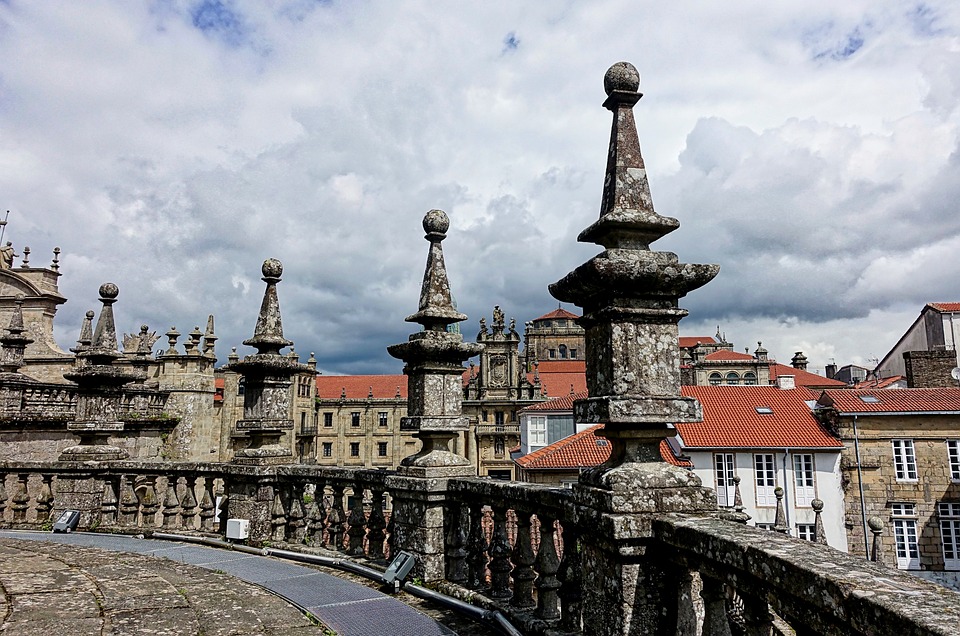Introduction
Santiago de Compostela is a captivating city nestled in the northwest part of Spain. It is not only a major pilgrimage site but also a hidden gem for art enthusiasts, architectural admirers, and food lovers. Whether you are seeking profound spiritual experiences, stunning historic buildings, or world-class cuisine, Santiago de Compostela has it all.
Art in Santiago de Compostela
The city boasts a rich artistic heritage, with numerous galleries and museums showcasing works from both local and international artists. The Museo do Pobo Galego houses an extensive collection of Galician folk art, including intricate textiles, ceramics, and sculptures. If contemporary art is more to your liking, the Centro Galego de Arte Contemporánea is a must-visit, featuring cutting-edge exhibitions and installations.
Architecture in Santiago de Compostela
Santiago de Compostela is renowned for its magnificent architecture, with its most iconic masterpiece being the Santiago de Compostela Cathedral. The cathedral is a UNESCO World Heritage site and the final destination of the famous Camino de Santiago pilgrimage. Its grandeur and intricate detailing, particularly the Portico of Glory, leave visitors in awe. Don’t miss the chance to climb to the rooftop for breathtaking views of the city.
Aside from the cathedral, the Old Town is a treasure trove of architectural wonders. Meander through its medieval streets and marvel at the Romanesque, Gothic, and Baroque buildings that tell the city’s long history. The Quintana de Mortos, a square located near the cathedral, is a prime example of Santiago’s architecture, featuring a grand staircase and mausoleum.
Gastronomy in Santiago de Compostela
Santiago de Compostela is a culinary heaven, offering a wide array of delectable dishes and fresh seafood. The city is known for its traditional Galician cuisine, which highlights the region’s exceptional local produce. Treat yourself to a hearty seafood paella or a plate of pulpo a la gallega (Galician-style octopus). Make sure to indulge in the world-famous Santiago almond cake, Tarta de Santiago, for a sweet finale.
For a truly authentic experience, explore the Mercado de Abastos, a vibrant market where you can purchase the freshest local ingredients. Immerse yourself in the bustling atmosphere and sample a variety of cheese, cured meats, and fruits. The market is a great place to discover unique flavors and stock up on souvenirs to take back home.
FAQs
Q: When is the best time to visit Santiago de Compostela?
A: The best time to visit Santiago de Compostela is during the spring and autumn months when the weather is pleasant. These periods also offer fewer tourists, allowing you to explore the city at a more relaxed pace. However, keep in mind that the weather can be unpredictable, so be prepared for occasional rain showers.
Q: How can I get to Santiago de Compostela?
A: The city has its own international airport, making it easily accessible by air. Alternatively, you can travel by train or bus from other major Spanish cities. The famous Camino de Santiago pilgrimage route also leads to Santiago de Compostela, attracting thousands of devoted pilgrims from all over the world.
Q: Are there any other attractions near Santiago de Compostela?
A: Yes, there are several scenic day trip options near Santiago de Compostela. One popular choice is a visit to the picturesque coastal town of Coruna, known for its stunning beaches and the Tower of Hercules, a Roman lighthouse. You can also explore the charming historic city of Lugo, which is famous for its intact Roman walls, a UNESCO World Heritage site.
Q: Is it necessary to speak Spanish to navigate the city?
A: While knowledge of Spanish certainly helps, many locals in Santiago de Compostela have some proficiency in English, particularly in tourist areas. Additionally, the city’s popularity as a pilgrimage site means that people from various nationalities visit, making it quite tourist-friendly.
Q: Can I take part in the Camino de Santiago pilgrimage?
A: Absolutely! The Camino de Santiago pilgrimage is open to anyone, regardless of their religious beliefs. Many people embark on this ancient trail for personal growth, spiritual reflection, or simply to experience the beauty of the journey. There are different routes and lengths to choose from, catering to all levels of fitness and time availability.

